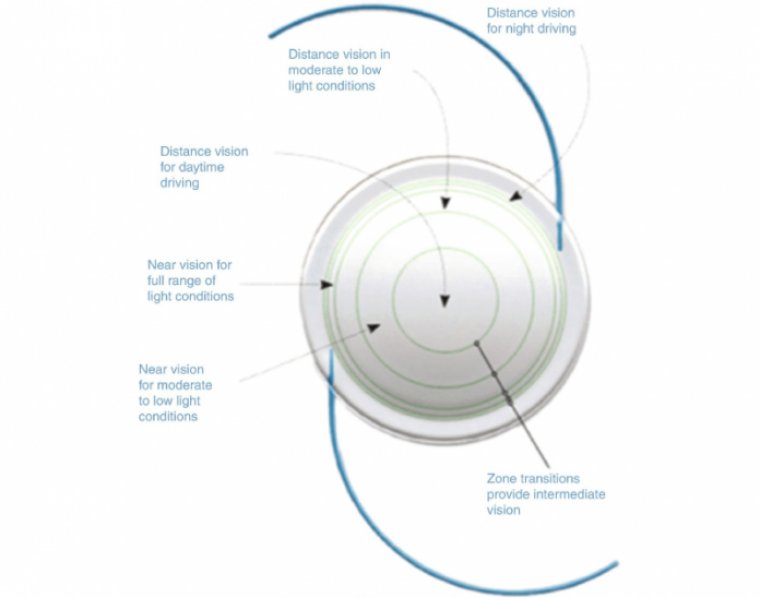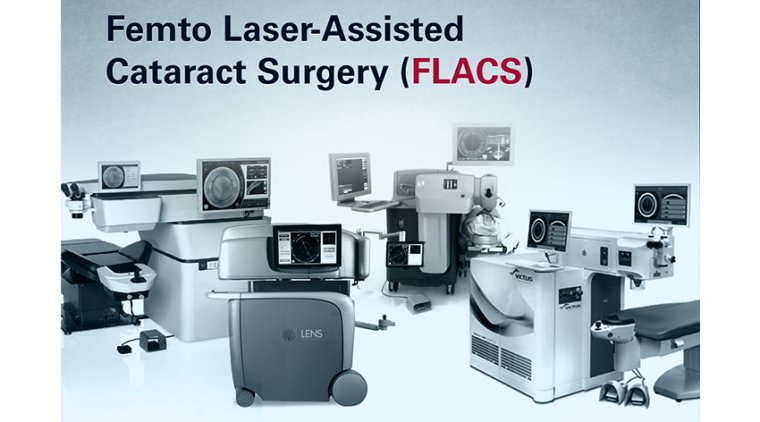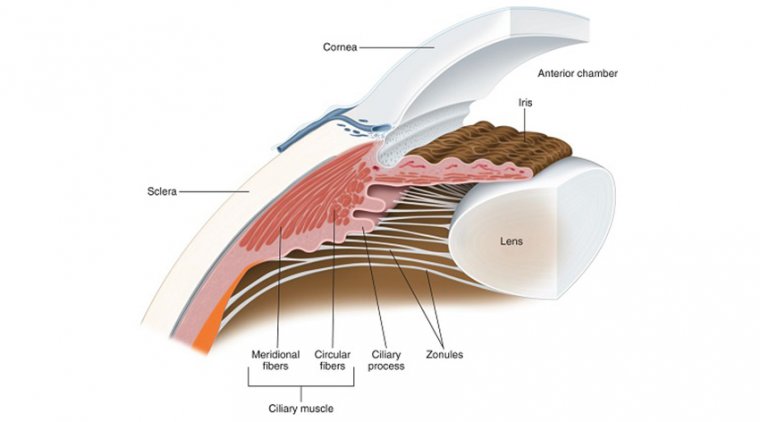
Cataract Surgery – Dry Eye Disease & A Poor Tear Film
The integrity of the ocular surface plays an important role in the success of cataract and refractive surgery. Treatment of dry eye disease (DED) is becoming an integral part of primary eye care, and optometrists are poised perfectly to initiate treatments for DED in a primary eye care setting.
By identifying and treating DED before surgery, optometrists can help to prime their patients for successful outcomes.
Dry eye disease is a highly prevalent condition; one that is very common among patients presenting for cataract surgery. It is well known that a poor tear film results in unfavourable surgical outcomes – an even more important factor given patients’ increasing expectation of spectacle independence.
A poor tear film can result in incorrect amplitude and axis of astigmatism and an incorrect choice of IOL power, which in turn can result in a “refractive surprise” post-op and, in short, patient dissatisfaction.
Usually, all surgical patients are subjected to rigorous testing, including additional topography measurements and dry eye evaluation, which ensures doctors have accurate biometry. If there is any evidence of OSD, the patient is advised on dry eye treatment.
Doctors recommend a variety of artificial tears and gels for their patients, but they may also suggest warm compression of the lids, vitamin supplements, and a short course of steroids if necessary.
The use of artificial tears is highly effective in helping treat DED and providing a healthy tear surface layer for accurate pre-surgical measurements. And that’s especially important when considering the use of premium IOLs, such as multifocals and trifocals, where dry eye can be the limiting factor.
Patients can also suffer with dry eye post-surgery, which can cause uncomfortable eyes, as well as fluctuating vision. By treating the surface pre-surgery, it is possible to reduce post-surgical symptoms and increase patient satisfaction.
All post-op patients are sent home with artificial tears – not only to provide comfort and promote wound healing, but also to help provide a stable tear film for optimum clarity of vision. Especially preservative and phosphate-free drops have been shown to effectively aid healing post-surgery.
It is important that a thorough pre-surgery evaluation of OSD results in fantastic visual outcomes and very high patient satisfaction. Chair time is also reduced, as patients are happy to be discharged at their follow-up appointment. Doctors advise all surgery patients with OSD to be given artificial tears both pre- and post-op.
In every sense of the word, providing these drops to all patients with toric, multifocal, and trifocal IOLs results in brilliant post-op results. It is an issue that DED can cause a further reduction in contrast sensitivity, which can be a problem in patients who wish to have trifocals. And so, by treating DED with the additional use of artificial tears, the doctors could increase the number of patients suitable for these premium lenses and promote more favourable outcomes after surgery.













